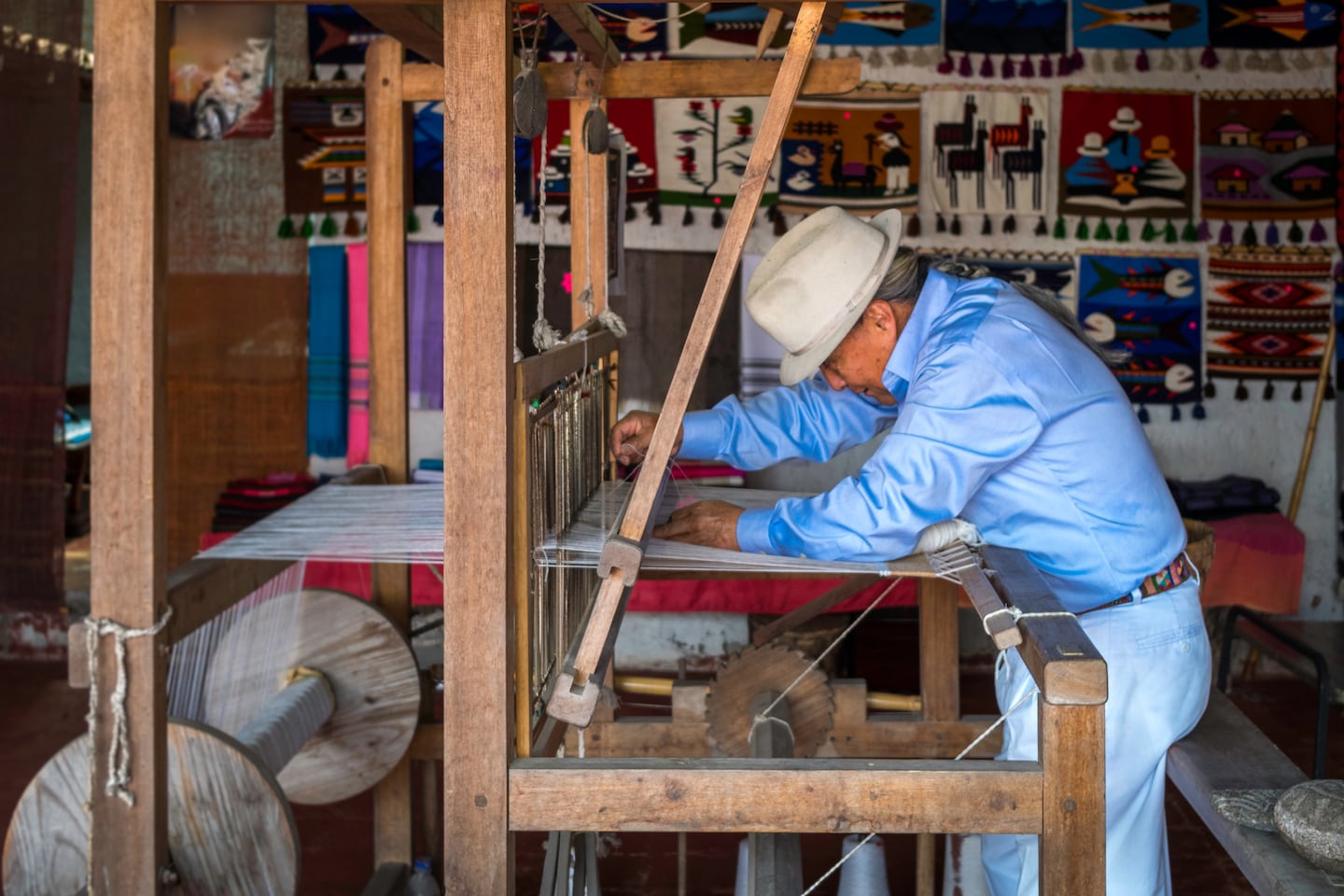
The Business of Fashion
Agenda-setting intelligence, analysis and advice for the global fashion community.

Agenda-setting intelligence, analysis and advice for the global fashion community.

According to Ecuador’s Internal Revenue Service (SRI), the country’s textile industry reported losses of $500 million during the past year. The sector’s turnover decreased 36 percent from $1.38 billion in 2019 down to $886 million in 2020, according to Javier Díaz, president of the Association of Textile Industries of Ecuador (AITE).
Meanwhile, employment in the sector has dropped 29 percent and 20 percent for textiles and manufacturing, respectively.
However, exports fared slightly better. Data from the Central Bank of Ecuador (BCE) indicates that the country went from exporting 26,000 tons of textiles valued at about $103.8 million in 2019 to 28,400 tons at $104.4 million. This represents an increase of 9 percent in volume and 1 percent revenue.
According to AITE, higher demand for abacá fibre (usually employed for manufacturing textiles and paper) and special products like face masks can explain the slight increase in exports. However, exports in clothing declined from $25 million in 2019 to $18 million in 2020.
Local streetwear brands, festivals and stores selling major global labels remain relatively small but the country’s community of hypebeasts and sneakerheads is growing fast.
This week’s round-up of global markets fashion business news also features Senegalese investors, an Indian menswear giant and workers’ rights in Myanmar.
Though e-commerce reshaped retailing in the US and Europe even before the pandemic, a confluence of economic, financial and logistical circumstances kept the South American nation insulated from the trend until later.
This week’s round-up of global markets fashion business news also features Korean shopping app Ably, Kenya’s second-hand clothing trade and the EU’s bid to curb forced labour in Chinese cotton.